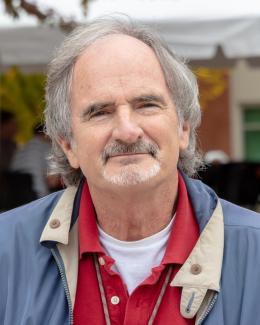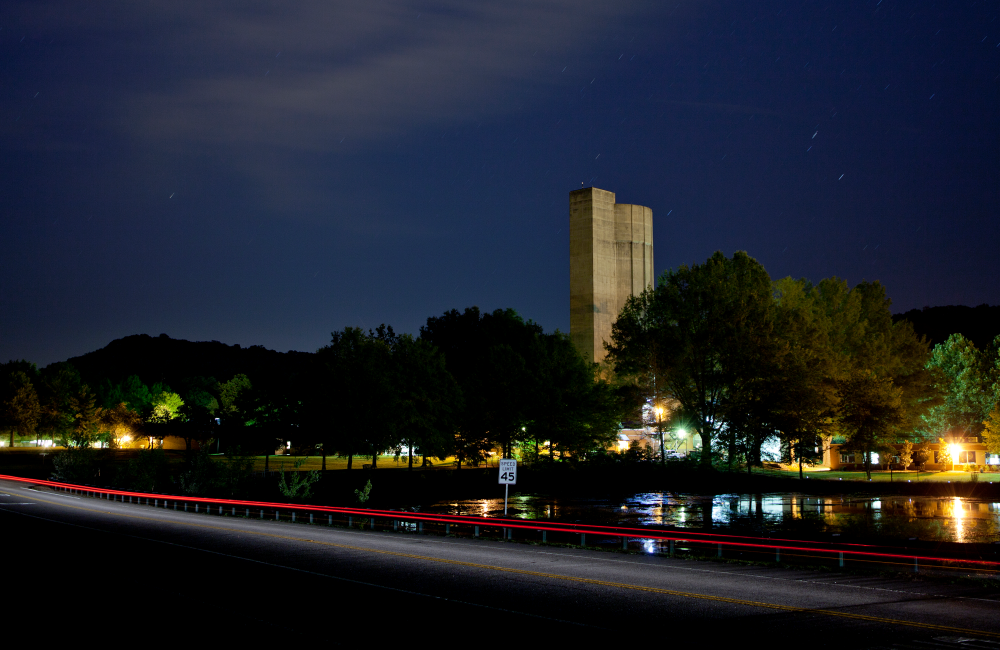The American Physical Society (APS) has honored the Holifield Radioactive Ion Beam Facility as an APS Historic Physics Site. It is the first designated APS Historic Physics Site in the state of Tennessee.
The APS is one of the world’s top professional societies for scientists. APS President Laura Greene presented a plaque July 25 marking the historical designation of the now decommissioned physics research facility to kick off the Nuclear Structure 2016 Conference and Neutrinos in Nuclear Physics Workshop in Knoxville. ORNL Deputy for Science and Technology Thomas Zacharia accepted the plaque for ORNL.
“In naming the Holifield Radioactive Ion Beam Facility as a Historic Physics Site, the American Physical Society took into consideration the half century of nuclear and atomic physics research performed there, as well as the scores of scientists who performed experiments with its unique capabilities,” Greene said. “The Holifield Facility has indeed been an important contributor to the physical sciences history.”
The Holifield Radioactive Ion Beam Facility and its predecessors, the Oak Ridge Isochronous Cyclotron (ORIC) and the Holifield Heavy Ion Research Facility, supported five decades of nuclear physics and astrophysics research at ORNL. The facilities provided unique accelerated beams of light ions, heavy ions and short-lived radioactive nuclei for nuclear structure and reaction studies, astrophysics research and interdisciplinary applications.
“The Holifield Facility is an ORNL landmark in many ways, from the iconic tower for the tandem accelerator to the groundbreaking scientific results obtained there and published,” Zacharia said. “We are very honored by the American Physical Society’s recognition.” Placed into operation in 1962, the ORIC was one of the world’s first cyclotrons to exploit azimuthally varying field focusing. It provided a wide variety of particle beams for nuclear physics and chemistry experiments.
In the 1970s ORNL added the 25-million volt Tandem Electrostatic Accelerator and the ORIC was reconfigured to serve as a booster accelerator. In 1980, the resulting Holifield Heavy Ion Research Facility — named for U.S. Rep. Chet Holifield, D-Calif., an atomic energy advocate — was identified as a DOE national user facility to provide more than 70 ion species for researchers worldwide.
Growing interest in research using beams of short-lived radioactive ions led to another reconfiguration of the facility, with the ORIC serving as a driver accelerator to produce radioactive ion species that were then injected into and accelerated by the 25-MV tandem. The new configuration, opened in 1997, was renamed the Holifield Radioactive Ion Beam Facility (HRIBF). Through world-leading isotope separation developments, the HRIBF provided high-quality beams of 200 rare isotopes. More than 50 of these were produced at world-record intensity.
The exceptional abilities of the staff and instrumentation enabled groundbreaking achievements including the first measurement with a reaccelerated unstable beam in North America.
The Holifield Facility was placed in shutdown status in 2012, which marked its 50th year of operation.



